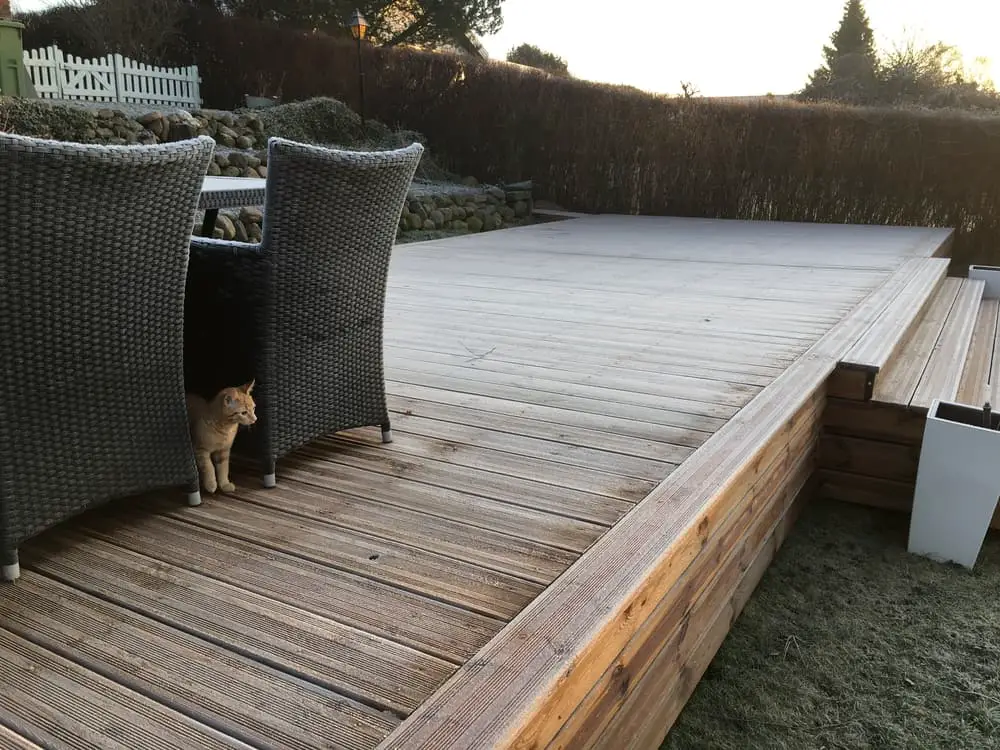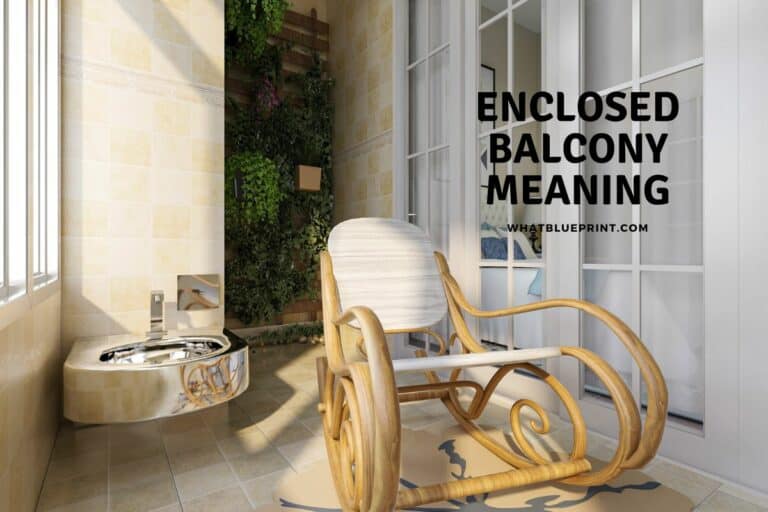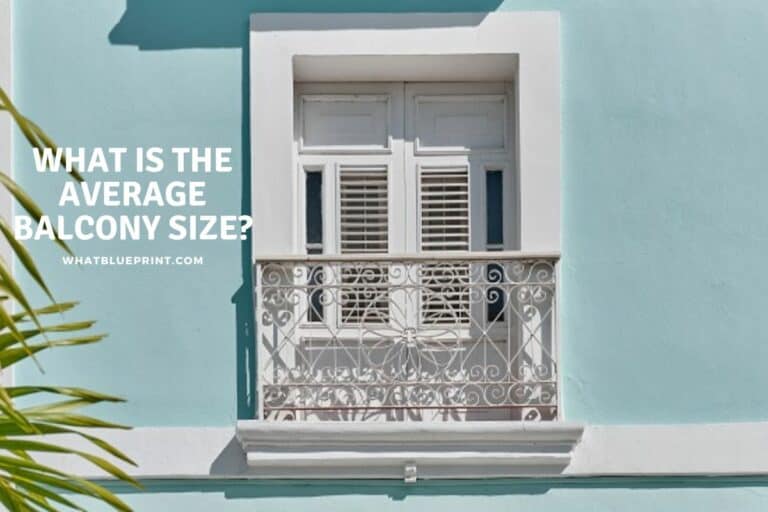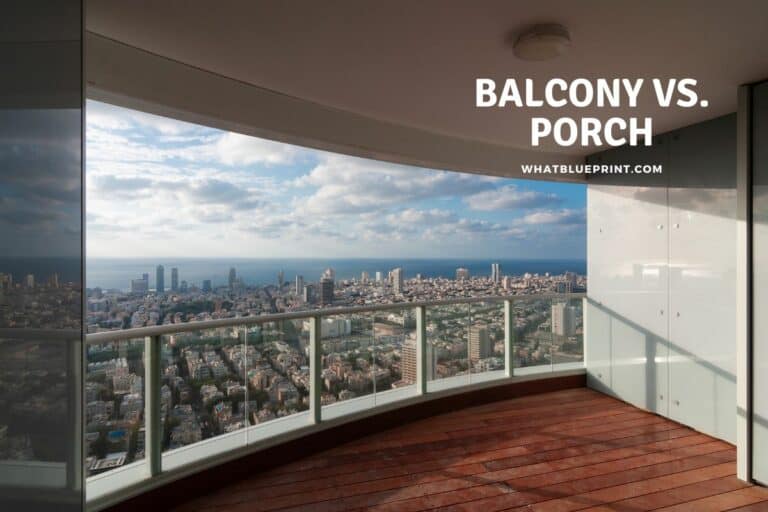How Do I Keep My Floating Deck From Moving?
Floating decks are, as the name suggests, subject to a certain degree of movement due to the movement of the ground underneath them. Because they are not attached to any deep foundations or to the structure of a house, a floating deck will move with the ground upon which it rests. While a small amount of movement is inevitable, it is possible to prevent major movement of the deck that will cause long-term damage.
In order to prevent movement of your floating deck, you will need to ensure that the deck is built on a stable base such as gravel, sand, or limestone. The stability of the ground combined with proper management of the water under the deck base will prevent movement from becoming detrimental.
A floating deck is only as stable as the ground underneath it. The movement of the ground is mostly connected to the seasonal freezing and thawing, and the only way to mitigate the damage this can cause to your floating deck is to ensure proper water management and a stable base for the deck to be built upon.
How Do I Keep My Floating Deck From Moving?
The two most important considerations in preventing the movement of floating decks are the stability of the ground and the water management underneath the base of the deck. If the base sufficiently drains the moisture underneath the deck’s supports, it will ultimately reduce the movement of the deck associated with freezing and melting of water.
The base upon which a floating deck is built must be strong enough to support the weight of the deck, and it must not absorb water. The absorption of water will ultimately cause the surface to rise and fall, ultimately resulting in movement of the deck.
Therefore, a floating deck should always be built on stable ground because an unstable base will definitely result in movement of the deck. The material underneath the deck’s support blocks also makes a significant difference.
A compact base material – that has been sufficiently compacted to support the weight of the deck and the people and objects on top of it – will limit movement to a large degree. Therefore, a floating deck should always be built on settled ground.
Any organic matter at the base of a deck will soak up significant amounts of water, which will in turn cause swelling and growing of the ground, raising the ground. As the organic material on the ground dries, the deck begins to drop.
This constant up and down pressure can push the soil out, further increasing the movement of the deck. Therefore, if the ground where your deck is intended to be built possesses large amounts of organic material, the unstable soil must be replaced with something compactable such as gravel or sand.
Proper drainage plays a major role in minimizing the movement of a floating deck. This is because water can not only wash away the support underneath the deck, but it can freeze, again causing shifting of the deck.
Water will also cause wood or other organic matter to swell, which moves the deck up or down. Therefore, proper drainage at the base of the deck, such as gravel or sand, will ensure that water moves away from the deck without accumulating, thereby preventing the majority of the issues associated with water.
If the footings of your floating deck are placed on a stable, sufficiently drained base, this will also minimize the movement of the deck. This can be achieved through the installation of pier blocks on a base of gravel to ensure a compact, stable, and level surface.
An additional measure that may prevent significant movement of your floating deck is that of anchoring. This makes use of 15” hoop anchors placed in the ground 6” away from the deck at the corners.
These hoops are pushed down into the ground, and a straight rod is pushed into the top of the hoop, ultimately preventing significant lateral movement of the deck.
Gravel Base Under Floating Deck
Gravel beneath your floating deck will provide the best drainage because it allows for quick drainage with no water damming. Gravel’s “granules” are larger than those of other alternatives, and it has the best bearing capacity while staying the most stable.
The most weight may be supported by a concrete deck block laid on top of compact gravel. Gravel is more difficult to level than finer materials due to the larger size of the fragments.
Gravel not only greatly enhances rain and water drainage beneath your floating deck, but it also has a number of other advantages. Gravel has the capacity to choke the growth of weeds, prevent erosion, and it is the most aesthetically pleasing, which is something to be considered with a floating deck.
Because gravel keeps the area under your floating deck totally dry, you’ll be able to utilize it for storage because you’ll know that whatever you store there won’t be resting on wet ground all the time.
Gravel also aids in maintaining a dry environment for your deck’s blocks and footers at all times.
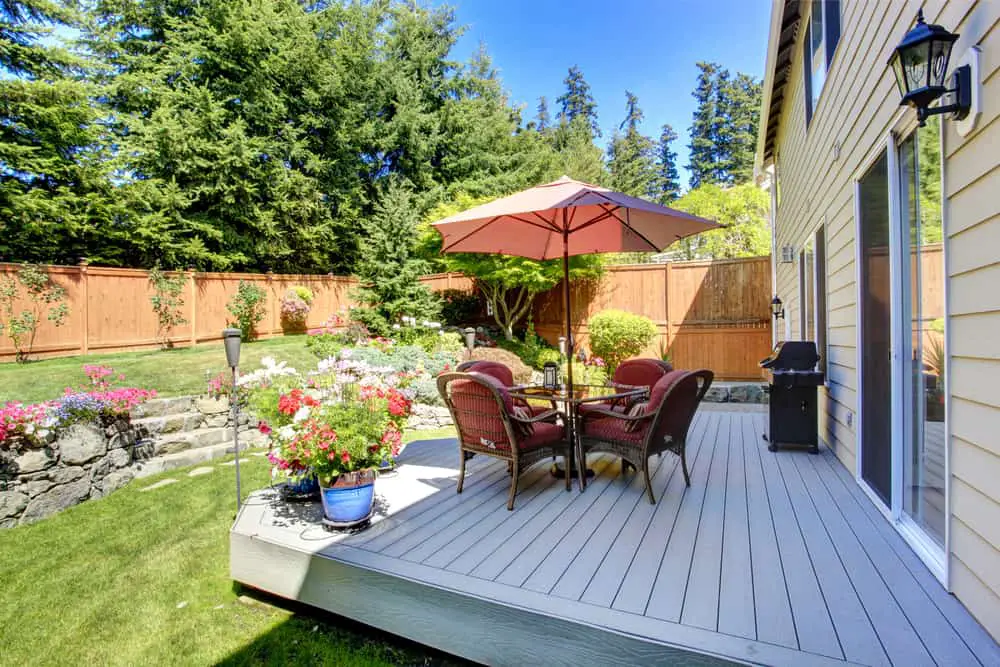
Sand Base Under Floating Deck
As a surface beneath your floating deck, sand is a suitable compromise. Although it has greater drainage than topsoil, it is obviously not as effective as gravel in this regard. When sand is compacted, it allows water to drain slowly and consistently.
The water will not pool, but it will drain away slowly. This may not be good in locations with a lot of rain and a need for quick drainage.
It is easy to manipulate by hand due to the sand’s texture and fine grains, yet it also has outstanding strength. When using sand, it compacts over time, so all you have to do now is fill up the hole, level it out, and lay your deck support block on top.
Limestone Base Under Floating Deck
Limestone is the third alternative for the surface beneath a floating deck, and because it is a fine powder, it is the easiest to compact and level. However, it does not prevent weed growth, making it less desirable to use.
Conclusion
While a small amount of movement is inevitable with a floating deck, ensuring proper drainage and a stable base will allow for a deck that is as stable as possible without concern over collapse or significant movement in any direction.
Sources
- https://findanyanswer.com/will-a-floating-deck-move
- https://decksbye3.com/moving-floating-deck-and-how-to-minimize-it/
- https://www.countryliving.com/home-design/decorating-ideas/g30878403/floating-deck-ideas/
- https://kitcheninfinity.com/how-to-build-a-floating-deck/
- https://www.thespruce.com/how-to-build-floating-decks-2132000

